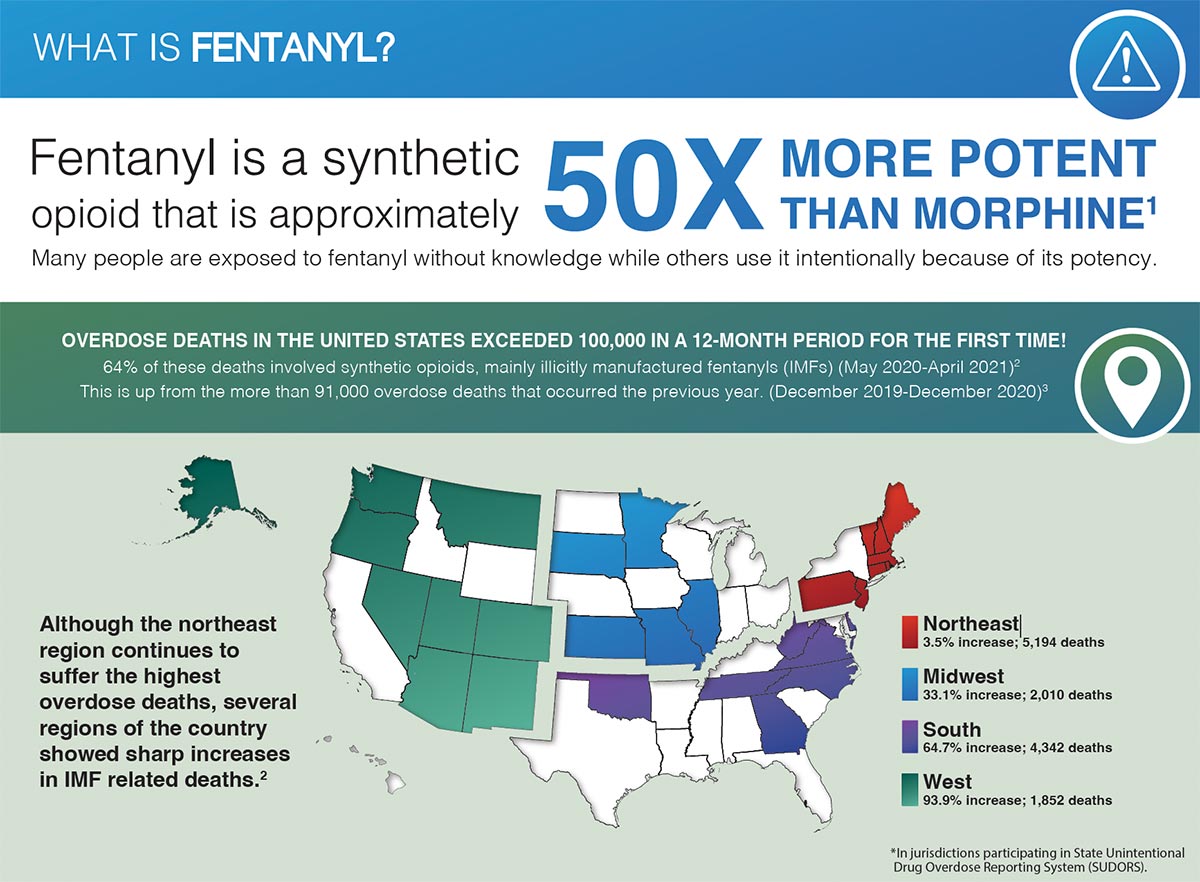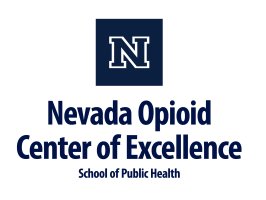
Learning about fentanyl is crucial due to its extreme potency and its significant role in the opioid crisis. Its presence in many illicit drugs greatly increases the risk of accidental overdoses, making public awareness and education vital for prevention and effective emergency response. Understanding fentanyl can help save lives by promoting the use of naloxone and informing safe practices. Equip yourself with the knowledge to make informed decisions and potentially save lives.
Fentanyl Resources
Websites
Good Samaritan Drug Overdose Act of 2015
The Good Samaritan Drug Overdose Act of 2015 (Senate Bill 459, Chapter 26, Statutes of Nevada 2015 NRS 453C.120) created various provisions addressing the opiate overdose epidemic that continues to claim over 300 lives per year in Nevada. The law prevents punitive actions against health professionals and any person who administers naloxone or calls 911 to assist someone who may be overdosing on opiates. It also provides immunity to persons seeking medical treatment for an opioid overdose for themselves or someone else. Learn more about the Good Samaritan Law.
Stop Overdose
To address the increasing number of overdose deaths related to both prescription opioids and illicit drugs, the Centers for Disease Control and Prevention (CDC) created a website to educate people who use drugs about the dangers of illicitly manufactured fentanyl, the risks and consequences of mixing drugs, the lifesaving power of naloxone, and the importance of reducing stigma around recovery and treatment options.
Tools & Resources
How to Use Fentanyl Test Strips
Infographics and step-by-step instructions.
Nevada Fentanyl Test Strip Distribution Sites
A list and map of Fentanyl Test Strip Distribution Sites in Nevada.
Posters & Infographics

What is Fentanyl? Infographic
This infographic was developed by the National Institute on Drug Abuse.
Download the infographic
Publications
Drug Fact Sheet: Fentanyl
A fact sheet from the DEA containing frequently asked questions about fentanyl.
Fentanyl DrugFacts
This publication provides comprehensive information about fentanyl, a powerful synthetic opioid, including its characteristics, usage, effects on the brain, overdose risks, treatment options for addiction, and important points to remember for individuals using or encountering fentanyl. It aims to educate the public about the dangers associated with fentanyl use and misuse, as well as to provide resources for further information and support.
Fentanyl Resource Factsheet for Providers
This snapshot of information is intended to provide resources to individuals, parents, professionals, and providers on fentanyl use among Latinos in the United States.
Heroin, Fentanyl, & Other Opioids: A Comprehensive Resource for Families with a Teen or Young Adult Struggling with Opioid Use
Fueled by drugs like heroin, fentanyl and the misuse of prescription pain pills, the opioid epidemic in our country has impacted countless families. To help address this, the Partnership for Drug-Free Kids created a new eBook — Heroin, Fentanyl & Other Opioids: A Comprehensive Resource for Families with a Teen or Young Adult Struggling with Opioid Use. Parents and families need to be prepared with the knowledge and skills to identify opioids, spot early use and take action effectively.
National Drug Threat Assessment 2024
On May 9, 2024, DEA Administrator Anne Milgram announced the release of the 2024 National Drug Threat Assessment (NDTA), DEA’s comprehensive strategic assessment of illicit drug threats and trafficking trends endangering the United States.
Webinars & Online Learning
Current News & Research
Can touch this: training to correct police officer beliefs about overdose from incidental contact with fentanyl
del Pozo, B., Sightes, E., Kang, S. et al. Can touch this: training to correct police officer beliefs about overdose from incidental contact with fentanyl. Health Justice 9, 34 (2021). https://doi.org/10.1186/s40352-021-00163-5
Over 115 million pills containing illicit fentanyl seized by law enforcement in 2023
NIDA. 2024, May 13. Over 115 million pills containing illicit fentanyl seized by law enforcement in 2023. Retrieved from https://nida.nih.gov/news-events/news-releases/2024/05/over-115-million-pills-containing-illicit-fentanyl-seized-by-law-enforcement-in-2023 on 2024, May 13
DEA Reports Widespread Threat of Fentanyl Mixed with Xylazine
WASHINGTON - The U.S. Drug Enforcement Administration is warning the American public of a sharp increase in the trafficking of fentanyl mixed with xylazine. Xylazine, also known as “Tranq,” is a powerful sedative that the U.S. Food and Drug Administration has approved for veterinary use.
